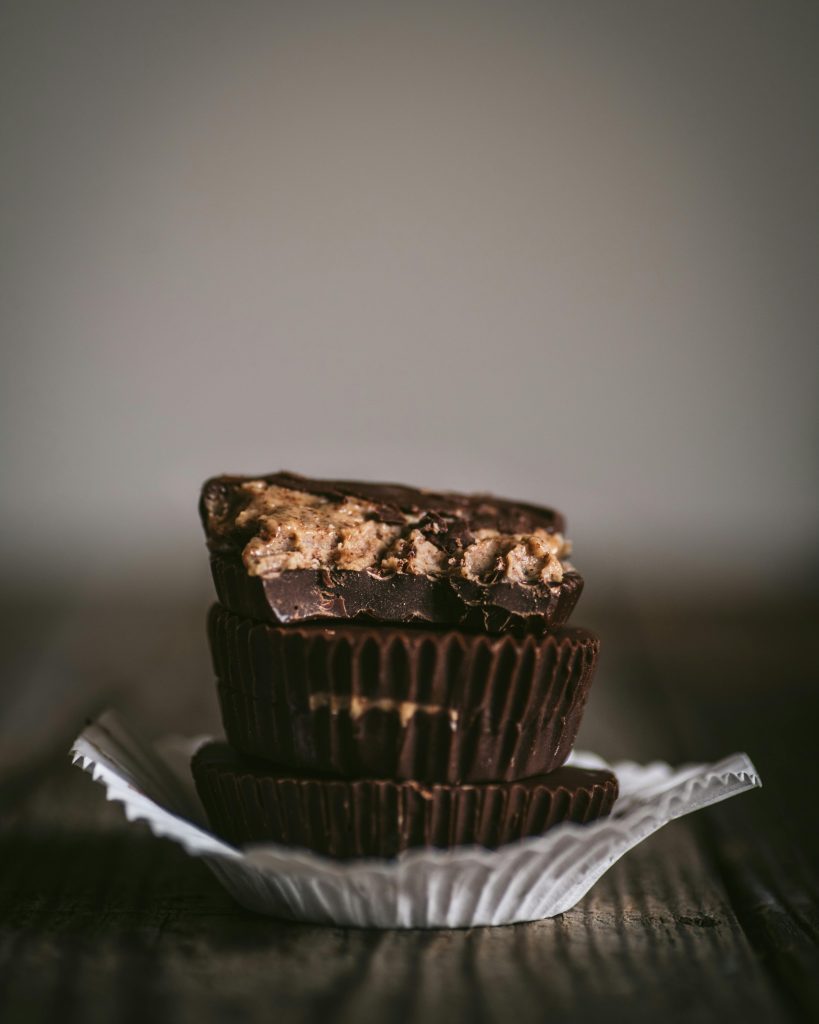All fields are required
Posted in Our Blog on July 10, 2024

Who doesn’t love a good peanut butter cup? I find that so many people say that is their favorite candy. Whether homemade or store bought there is just something about this combination that makes so many mouths water. A professor at UMass Amherst has been working on ways to reduce food poisoning events that include sticky products like peanut butter and chocolate. I had really never thought of these foods as being really risky but after looking into this study more I can see where there could be potential for food poisoning outbreaks. Why you ask? Continue reading to learn more.
The machines used to make these amazing candy confections are hard to clean. The high fat low moisture combination does not mix well with water and that has caused several outbreaks of foodborne illness. How should these machines be cleaned though? One study tried oil to sanitize them but found that does not kill salmonella or listeria.
“I remember looking at [the study] and I thought, ‘Well, why can’t we formulate those oils to be antimicrobial?'” said UMass Amherst food science professor Lynne McLandsborough.
McLandsborough and her team published research in 2023 on how to do that — using acetic acid and a few drops of water. That paper just won the Mahoney Life Sciences Prize, which is worth $25,000.
Monica Tan, a vice president at the company Science Exchange, who was on the awards committee, said McLandsborough’s submission “is notable for being the most advanced in bringing academic research to market,” according to a UMass press release.
McLandsborough said her lab has applied for a patent for the cleaning technology, and is in talks with food companies Mars and J.M. Smucker to start testing it.
Eventually, she hopes to see the formulated oil and technology used in widespread manufacturing — but that will require more work.
“The reality is, if it’s going to be applied in the food industry, it’s going to be done in a much greater volume,” McLandsborough said, “and we need to scale up and we need to try it in the food environment.”
A delicious treat in both snacks and the divine peanut butter and jelly sandwich can have some great perks. First it is easy to grab and use making this especially easy for children to make their own meal. I remember some core memories of feeling the independence of making my own sandwich and feeling so much pride. The key is making sure that the peanut butter is actually safe to eat. I remember having jars that were recalled several years ago and the shelves being completely empty of peanut butter when people were leaving the recalled brand to find another go-to.
“Peanut butter is made from shelled and ground peanuts that are typically left sitting in unprotected piles until ready for the next stage of food manufacturing or for delivery to another company,” said Detwiler. “Most cases of Salmonella in peanuts are caused by the presence of rainwater bringing feces onto the product, or animals—birds, or more likely rodents—[coming] directly] into contact with the product.” Roasting the contaminated peanuts can help kill Salmonella “if the food is heated to a high enough temperature, held at that temperature for enough time, and cooked throughout,” said Detwiler. But then the peanut butter has to keep that sanitized status after heating and grinding. “Roasted peanut butter can become contaminated in the processing plant if proper sanitation protocols are not followed.” However, in some cases roasting contaminated peanuts can actually cause a type of heat-tolerant bacteria. “That’s why cleaning and sanitizing of the equipment and the facility is so important in addition to ensuring that the facility is well maintained,” Ellen Shumaker, PhD, food safety extension associate at North Carolina State University, told Health.
Many consumers may wonder what causes Salmonella in peanut butter since most people associate Salmonella with poultry, raw eggs, and raw flour. All types of bacteria, including Salmonella, usually need specific conditions to grow and thrive. Bacteria need food, acidity, time, temperature control, oxygen, and moisture
Mitigating the risks of bacteria and other pathogens is essential for every food producer and processor. Peanut butter recalls due to Salmonella have been costly to the growers, producers, and consumers. Salmonella in peanut butter, and most foods, is preventable when proper food safety precautions are taken. Work with your team to create a Hazard Analysis Critical Control Point (HACCP) plan, identify potential contamination points, and create solutions to minimize production risks.
To learn more about fun food facts, the use of new technology in food safety and of course the latest on recalls keep an eye on Make Food Safe!
By: Samantha Cooper